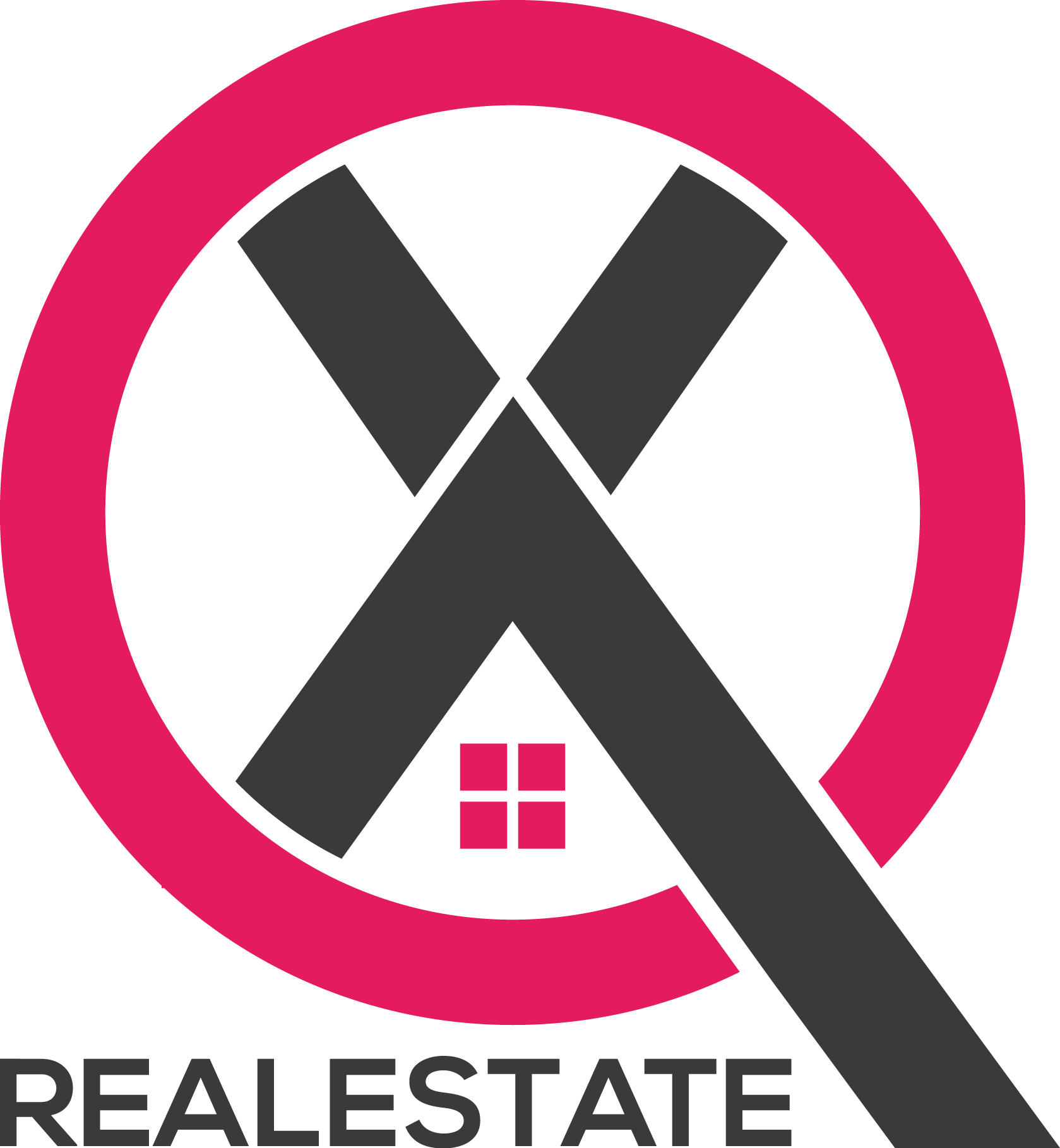How is the Healthcare System and Access to Medical Care in Idaho?
Introduction
Idaho, the Gem State, is known for its stunning natural beauty, but it also faces challenges in healthcare access. This comprehensive guide will delve into the complexities of Idaho’s healthcare system, exploring its strengths, weaknesses, and the impact on residents’ well-being.
The Healthcare System in Idaho
Idaho’s healthcare system is a complex network of hospitals, clinics, and healthcare providers. The state is served by several large medical centers, including Saint Alphonsus Regional Medical Center in Boise and St. Luke’s Regional Medical Center in Meridian. Additionally, there are numerous rural hospitals and healthcare centers that provide essential services to communities throughout the state.
Access to Medical Care
Access to medical care in Idaho varies depending on factors such as location, income, and insurance coverage. While urban areas have a wider range of healthcare options, rural communities often face challenges in accessing timely and affordable care. The state has a high uninsured rate, which can make it difficult for people to receive necessary medical treatment.
Challenges in Healthcare
Idaho’s healthcare system faces several challenges, including:
Provider Shortages: The state experiences a shortage of healthcare providers, particularly in rural areas. This can result in long wait times for appointments and difficulty accessing specialized care.
High Uninsured Rate: Idaho has one of the highest uninsured rates in the nation. This lack of coverage can make it difficult for people to afford medical care, leading to delayed or neglected treatment.
Rural Health Disparities: Rural communities in Idaho face significant health disparities compared to urban areas. These disparities include higher rates of chronic diseases, lack of access to healthcare services, and transportation challenges.
Addressing Healthcare Challenges in Idaho
Recognizing the challenges in healthcare, the state of Idaho has implemented various initiatives to improve access to medical care and address provider shortages. These efforts include:
Telehealth Expansion: The state has expanded telehealth services to reach rural and underserved communities. Telehealth enables patients to consult with healthcare providers remotely using video conferencing technology.
Loan Repayment Programs: Idaho offers loan repayment programs to encourage healthcare providers to practice in underserved areas. These programs provide financial assistance to providers who commit to working in rural or low-income communities.
Community Health Centers: Community health centers provide comprehensive primary care services to uninsured and underinsured populations. They play a crucial role in addressing health disparities and improving access to care.
Innovations in Healthcare Delivery
Idaho is also embracing innovative approaches to healthcare delivery, such as:
Value-Based Care: This model focuses on improving patient outcomes and reducing costs by rewarding providers for providing high-quality care.
Patient-Centered Medical Homes: These practices provide comprehensive, coordinated care to patients, emphasizing preventive care and patient engagement.
Remote Patient Monitoring: This technology allows healthcare providers to monitor patients’ health remotely, enabling early detection and timely interventions.
The Impact on Residents’ Well-Being
The healthcare system in Idaho directly impacts the well-being of its residents. Access to quality medical care contributes to improved health outcomes, reduced healthcare costs, and a better overall quality of life. However, disparities in healthcare access and provider shortages can lead to health inequalities and negative consequences for those who face barriers to care.
Conclusion
Idaho’s healthcare system is a complex and evolving landscape. While the state has made progress in addressing challenges and improving access to medical care, there remains room for further improvements. By continuing to invest in healthcare infrastructure, expanding coverage, and embracing innovative delivery models, Idaho can ensure that all residents have the opportunity to live healthy and fulfilling lives.
The Impact on Residents’ Well-Being
The healthcare system in Idaho directly impacts the well-being of its residents. Access to quality medical care contributes to improved health outcomes, reduced healthcare costs, and a better overall quality of life. However, disparities in healthcare access and provider shortages can lead to health inequalities and negative consequences for those who face barriers to care.
For example, a study published in the _Journal of the American Medical Association_ found that Idaho residents living in rural areas had a higher risk of dying from heart disease, cancer, and stroke compared to those living in urban areas. Additionally, a report from the Idaho Department of Health and Welfare found that uninsured Idahoans were more likely to experience preventable hospitalizations and emergency department visits.
These disparities in healthcare access and outcomes are not only a matter of health but also of economic well-being. A study by the Commonwealth Fund found that states with higher uninsured rates have higher healthcare costs overall. Additionally, a study by the American Public Health Association found that uninsured individuals are more likely to experience job loss, poverty, and housing instability.
Conclusion
Idaho’s healthcare system is a complex and evolving landscape. While the state has made progress in addressing challenges and improving access to medical care, there remains room for further improvements. By continuing to invest in healthcare infrastructure, expanding coverage, and embracing innovative delivery models, Idaho can ensure that all residents have the opportunity to live healthy and fulfilling lives.
Call to Action
If you are concerned about the state of healthcare in Idaho, there are several things you can do to help:
Contact your elected officials: Let your representatives know that you support policies that improve access to medical care and address provider shortages in Idaho.
Get involved with local organizations: There are many community organizations working to improve healthcare in Idaho. Get involved with these organizations to learn more about the issue and how you can help.
Share your story: If you have experienced challenges accessing healthcare in Idaho, share your story with others. Your voice can help raise awareness of the issue and inspire change.
Together, we can create a healthcare system that meets the needs of all Idahoans and ensures that everyone has the opportunity to live a healthy life.
Additional Context and Insights
In addition to the challenges and opportunities discussed above, here are some additional insights into the healthcare system in Idaho:
Idaho has a high rate of chronic disease. According to the Idaho Department of Health and Welfare, more than half of Idahoans have at least one chronic condition, such as heart disease, cancer, or diabetes.
Idaho has a high rate of mental illness. According to the National Alliance on Mental Illness, more than one in four Idahoans experiences a mental health condition each year.
Idaho has a high rate of substance abuse. According to the Idaho Department of Health and Welfare, more than one in ten Idahoans struggles with substance abuse.
These challenges underscore the need for a strong and accessible healthcare system in Idaho. By working together, we can create a healthcare system that meets the needs of all Idahoans and ensures that everyone has the opportunity to live a healthy life.

